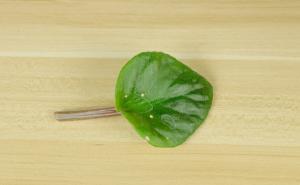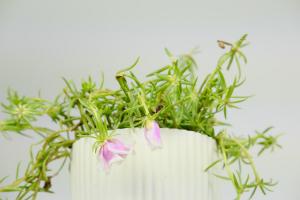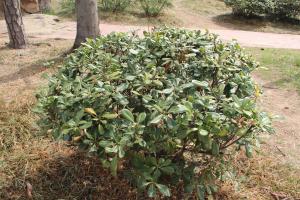1. Substrate selection and watering
Careful flower friends will find that the triangular plum growing at random in the corners of the streets can reach a few meters high, and the flowers can bloom until they see flowers but no leaves! But the triangle plum that the family takes good care of opens thinly, how troublesome
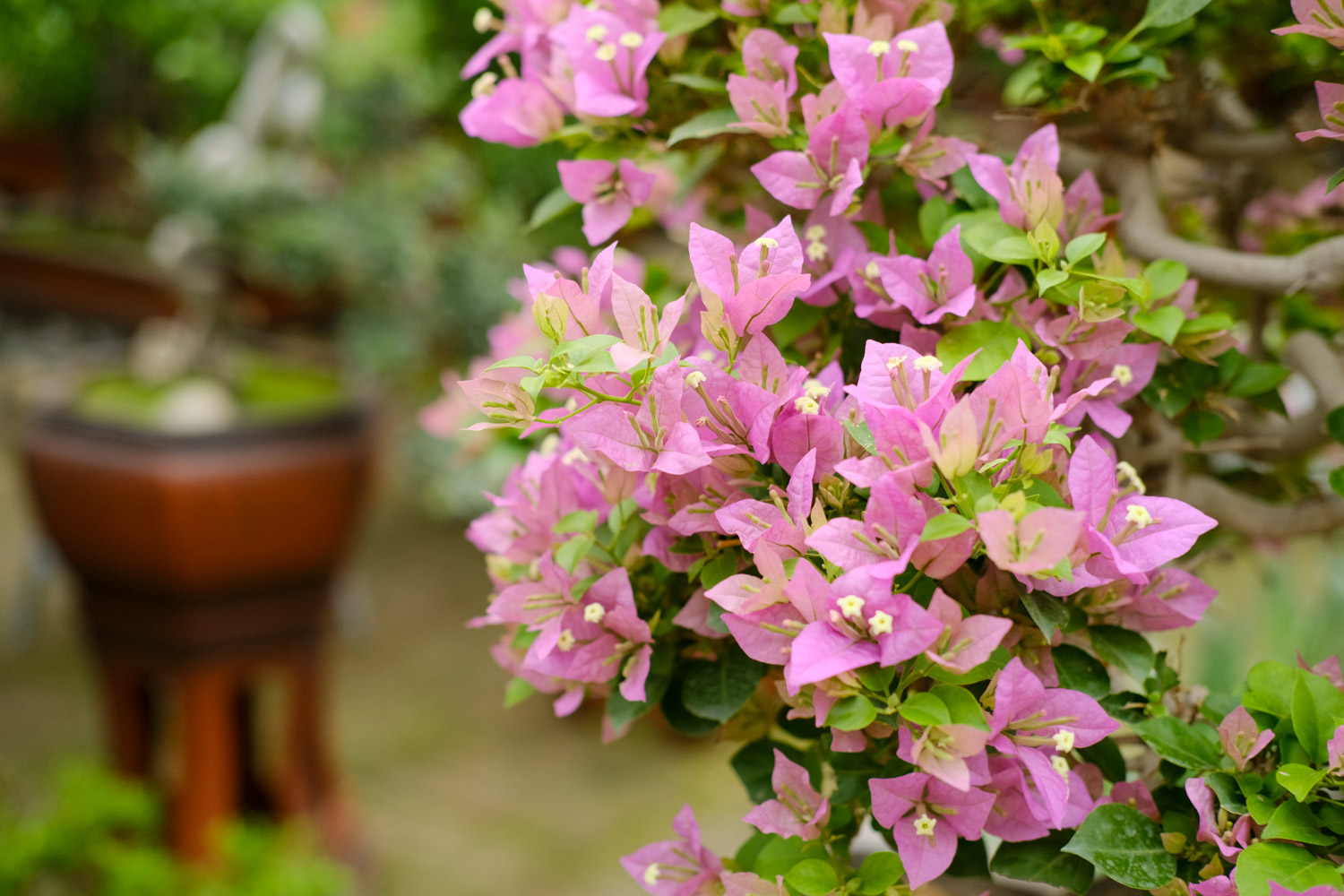
The triangle plum growing outside, first of all, the sunshine is good, followed by no one watering, relying on the weather
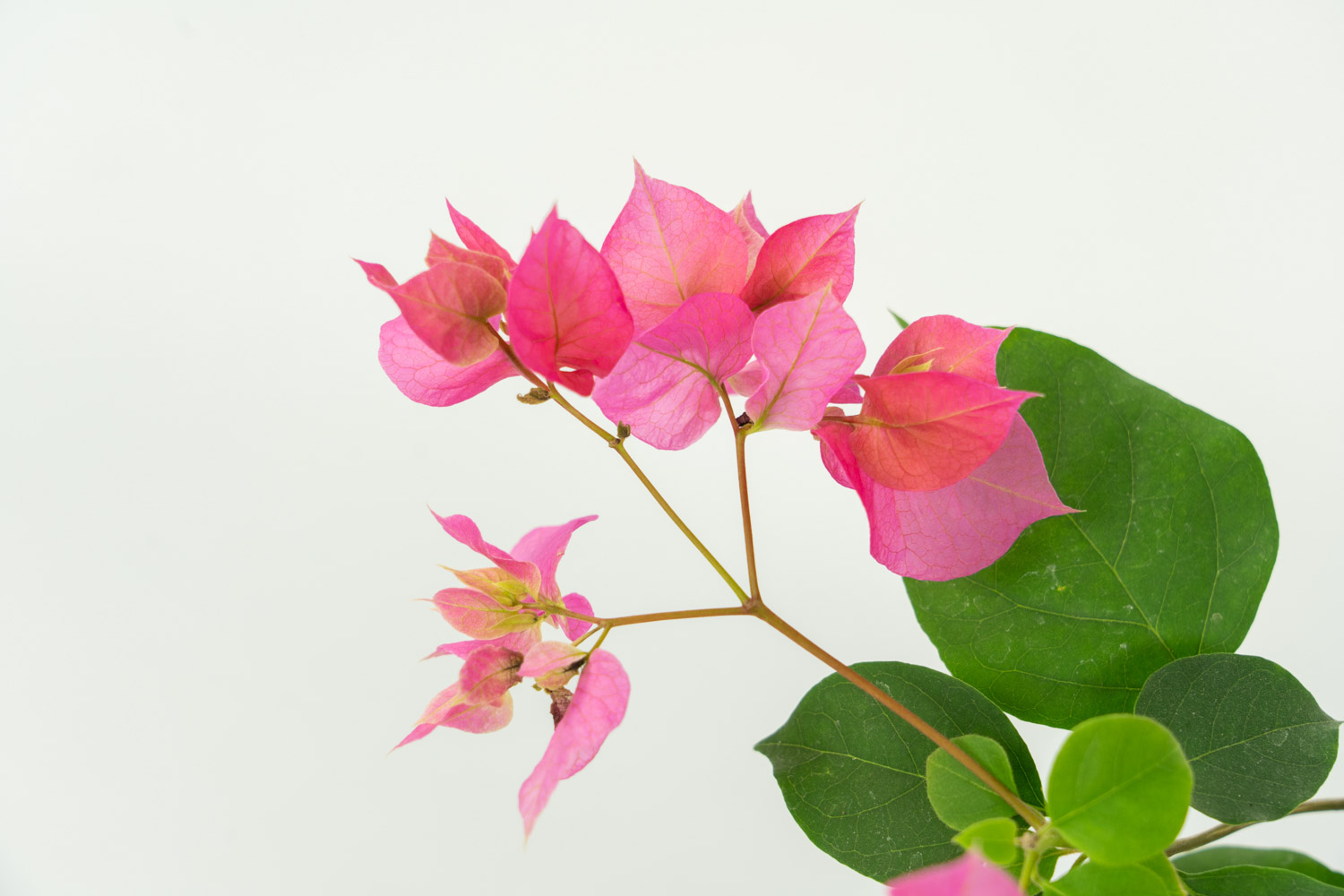
In fact, triangle plum is different from other plants. It needs "water control" to promote the differentiation of flower buds. Triangle plum, which is neglected outside, is often short of water, so its flower buds grow much more
Flower bud of trigonometry plum:
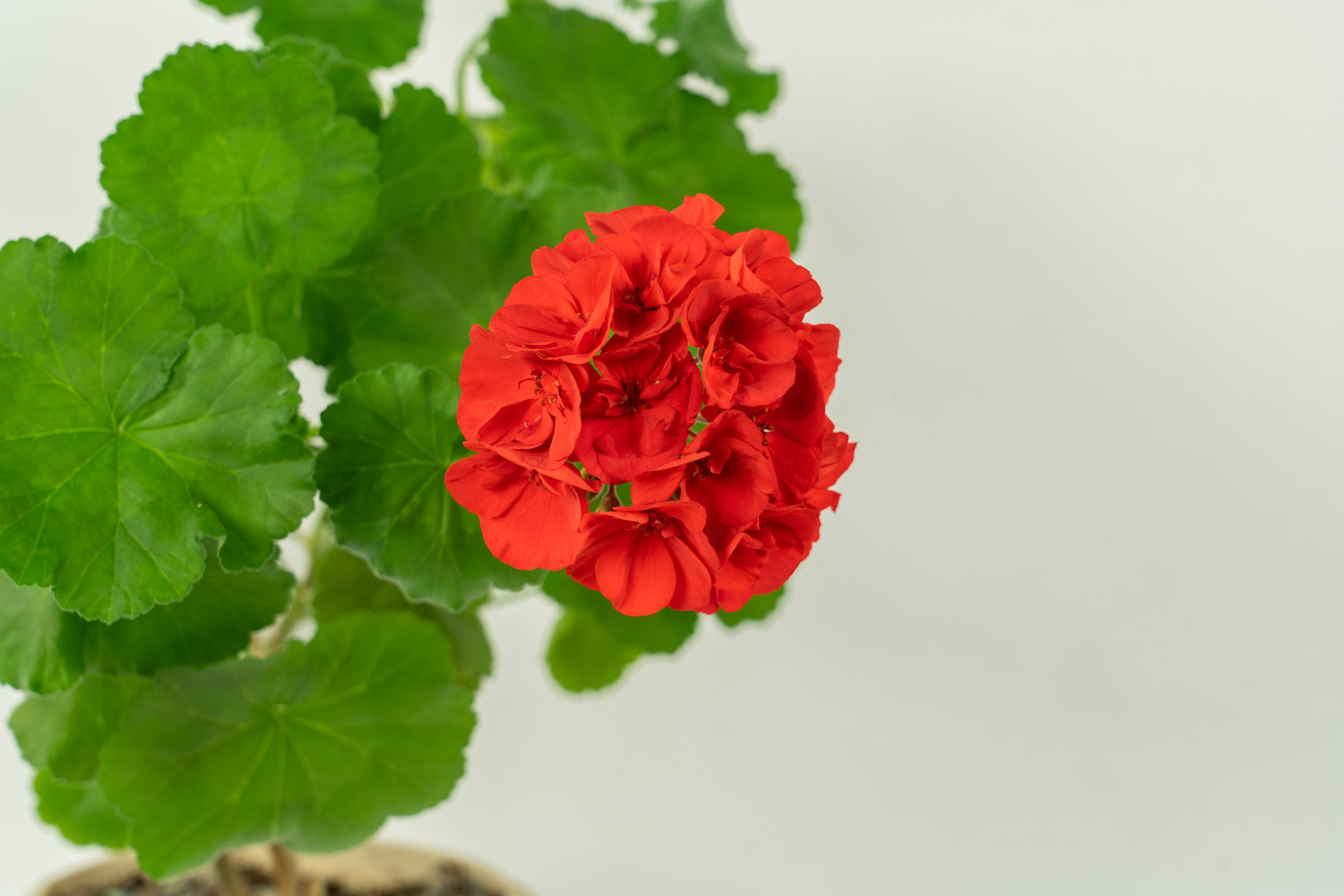
Now that we know that triangle plum needs to "control water" in order to bloom more, what is the connection with our matrix selection? If your matrix has strong water holding capacity, it is not easy to dry and cannot achieve the effect of water control. On the substrate of triangle plum planting, the soil with good drainage should be selected
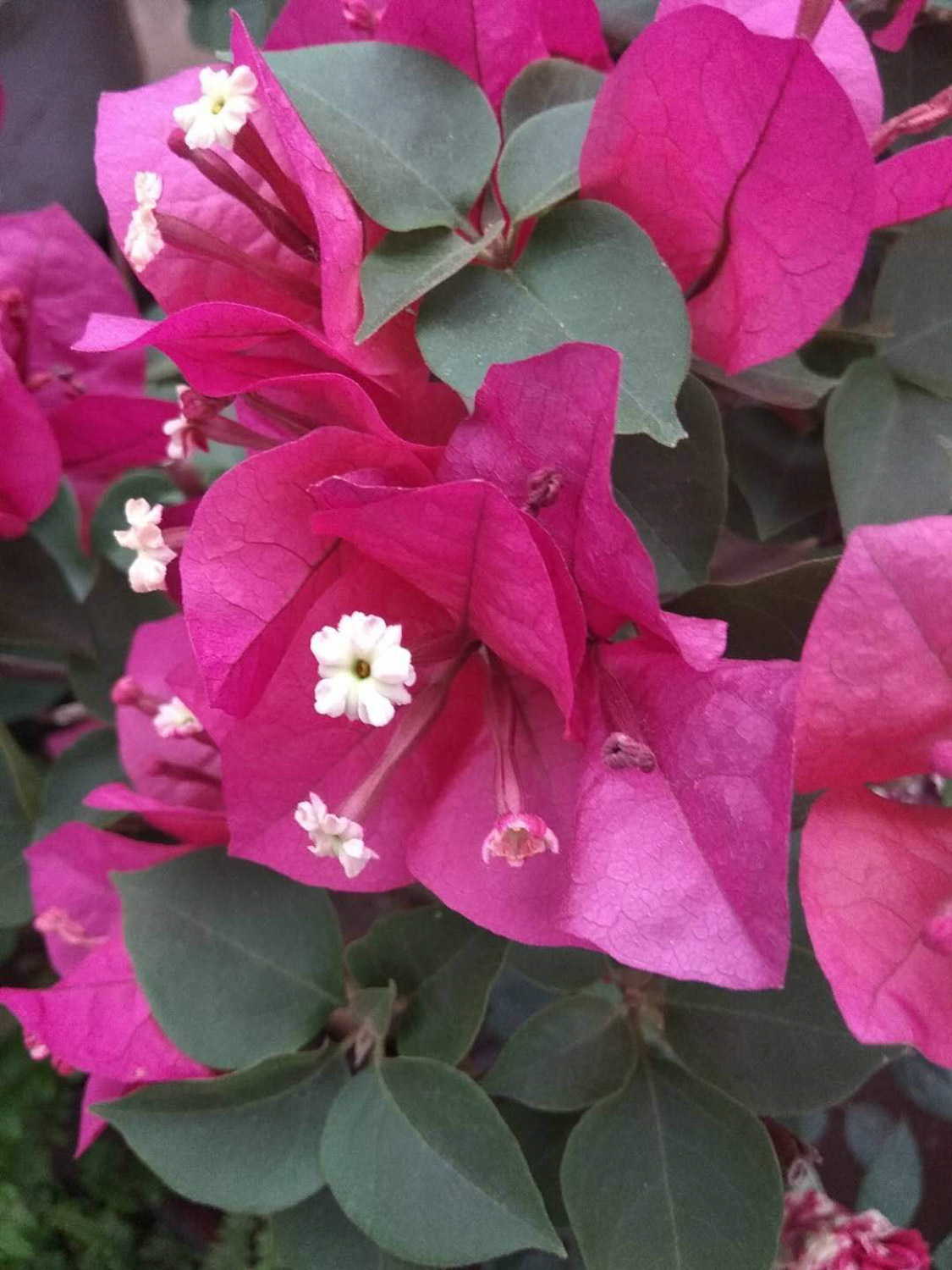
Pengpeng uses garden soil and river sand, almost five parts of garden soil and three parts of river sand. River sand has good drainage capacity, which can enhance the drainage performance after adding
You can also use peat to plant, according to five peats and two perlites to prepare soil. Such soil mixing has significant water control effect and is conducive to the formation of flower buds
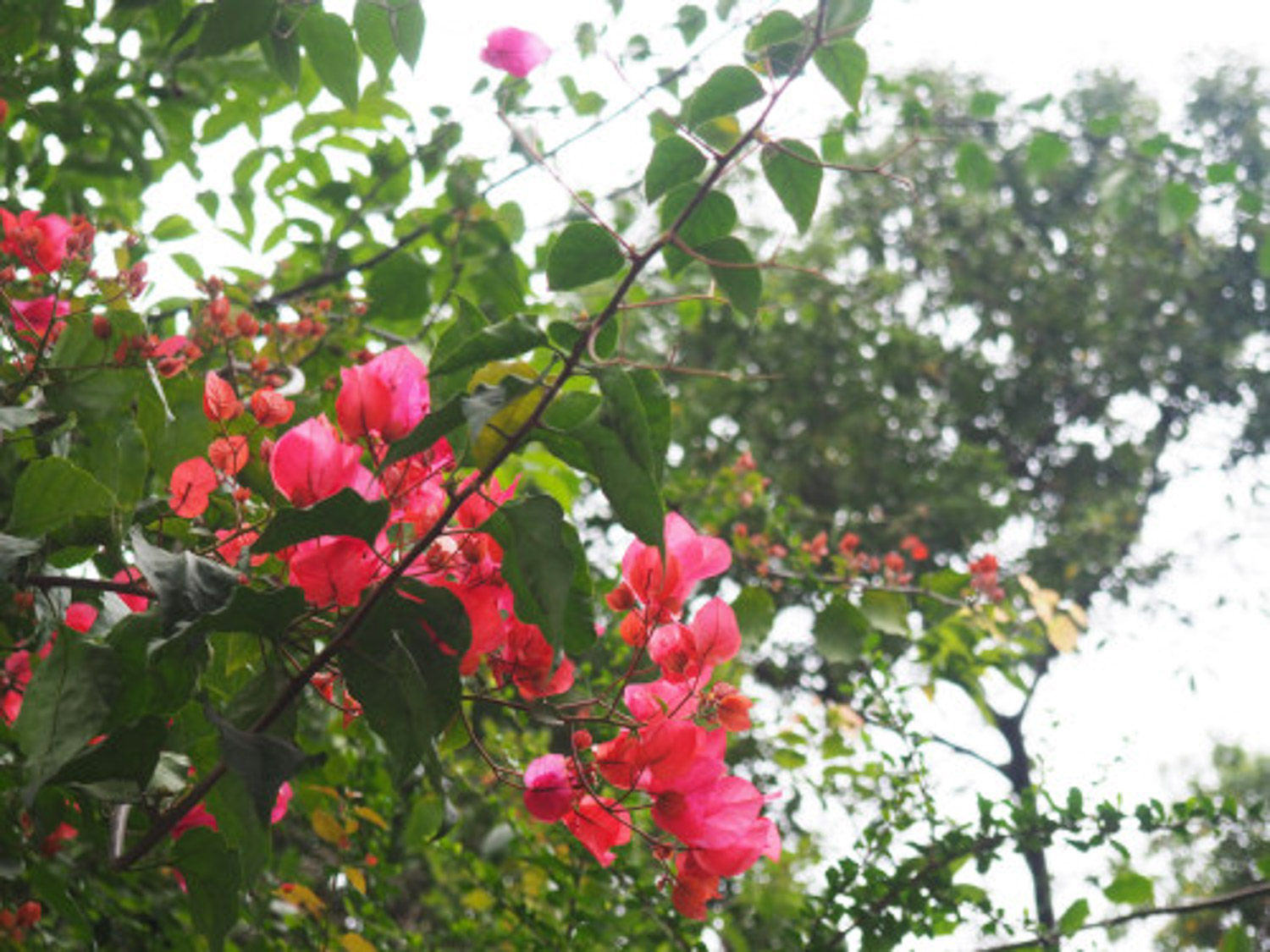
Next, let's talk about "water control". Water control refers to the control of watering frequency. The principle is to inhibit the transformation from nutritional growth to reproductive growth
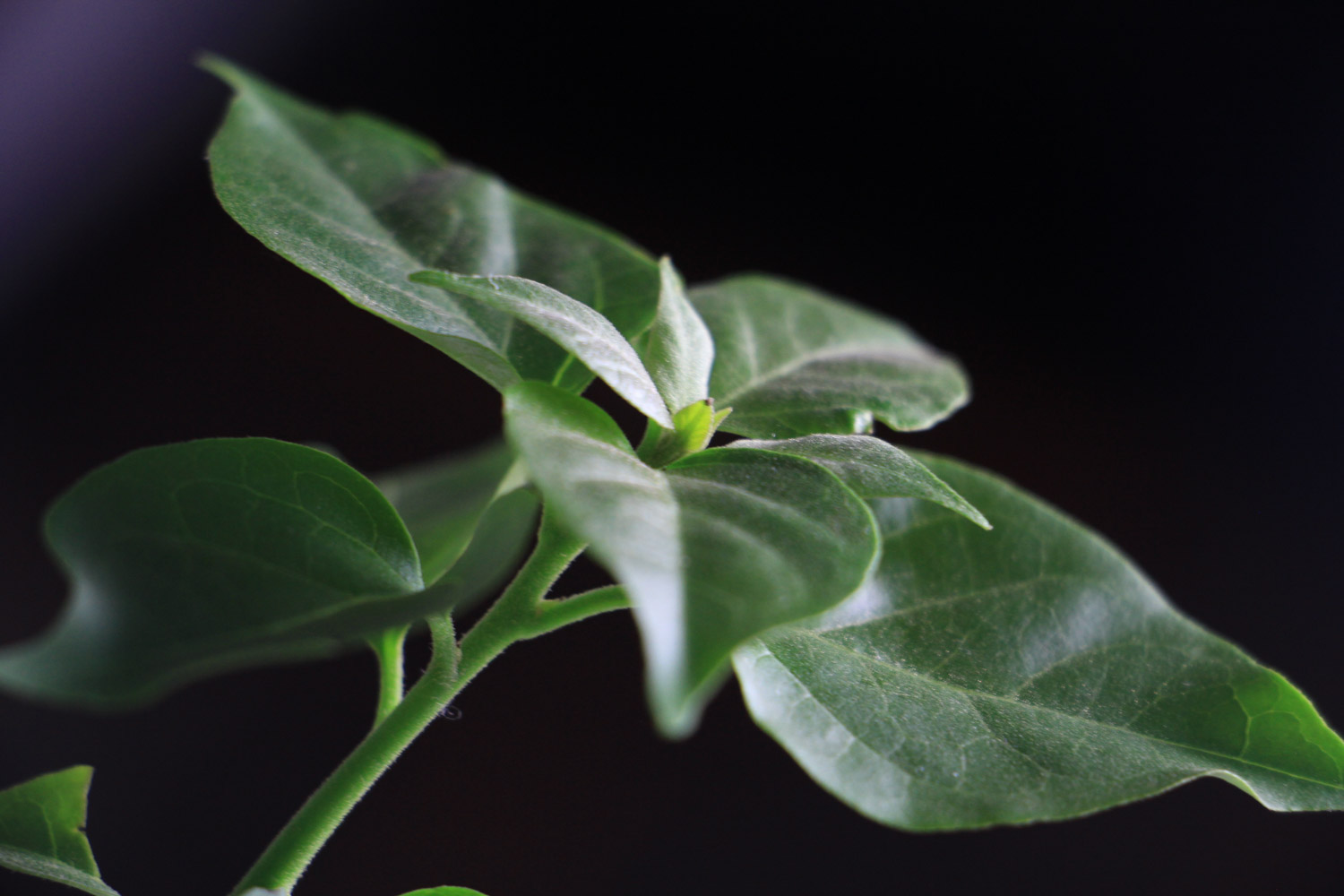
If the water is controlled, it is generally not watered for two or three days in the south, and it is not watered until the leaves of triangle plum are slightly dehydrated and withered. Because of regional problems, the time of water control varies, but remember to take "slight malaise of triangular plum leaves" as the water control standard. After controlling the water for almost a month, its flower buds can be found at the top of the branches

2. Fertilization and pruning
After seeing the sprouts of triangular plum blossom, we can resume normal watering. At this time, you can use a little fertilizer, which can promote the growth of flower buds. The fertilizer used at this time cannot contain nitrogen, otherwise it will cause the crazy growth of branches and leaves and the diversion of nutrients, so all the previous efforts we have done will be wasted
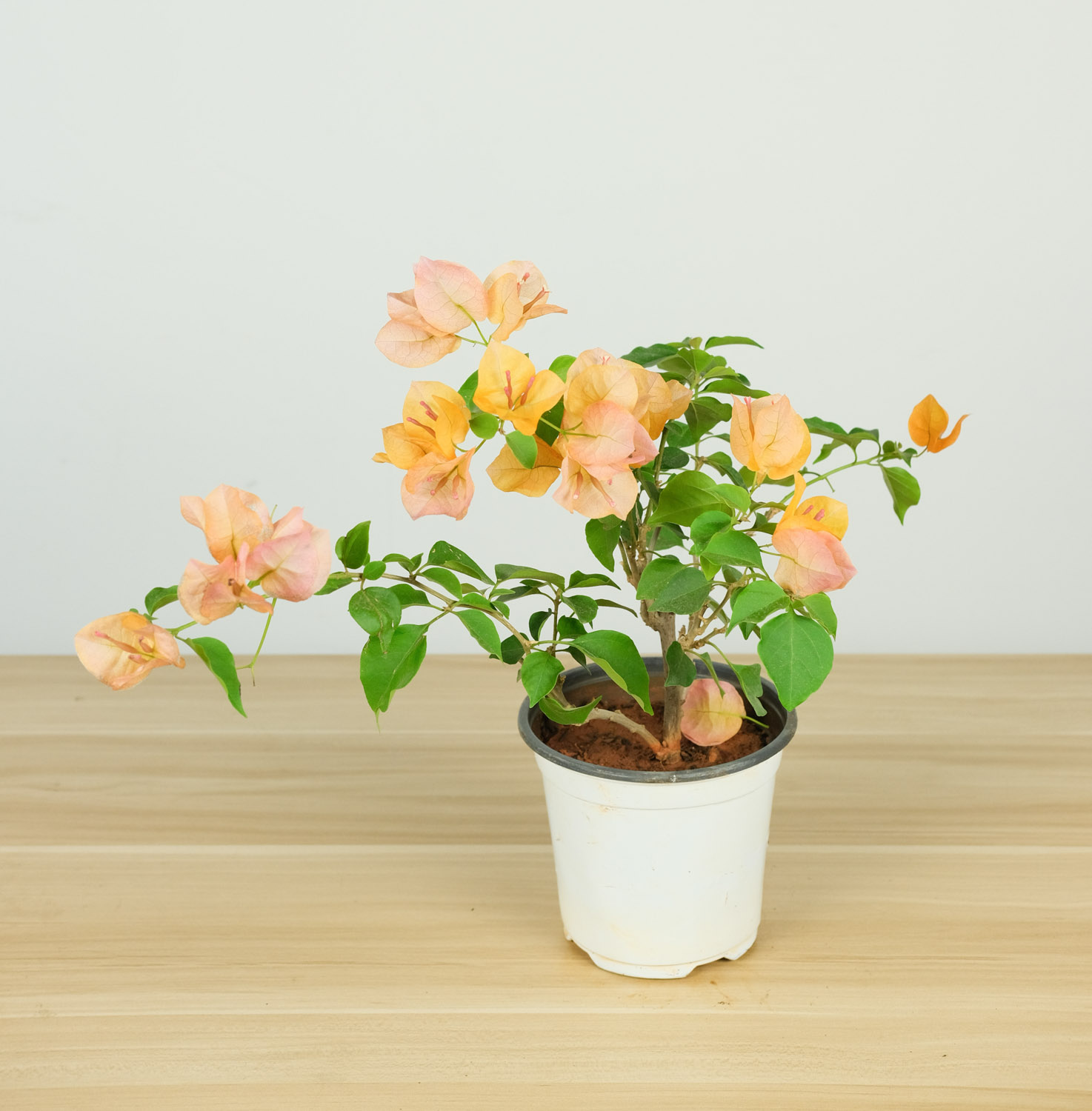
I recommend potassium dihydrogen phosphate, which does not contain nitrogen fertilizer and can promote the growth of roots. This fertilizer is used once a week and sprayed with leaves 1200 times until the flowers of triangle plum grow up
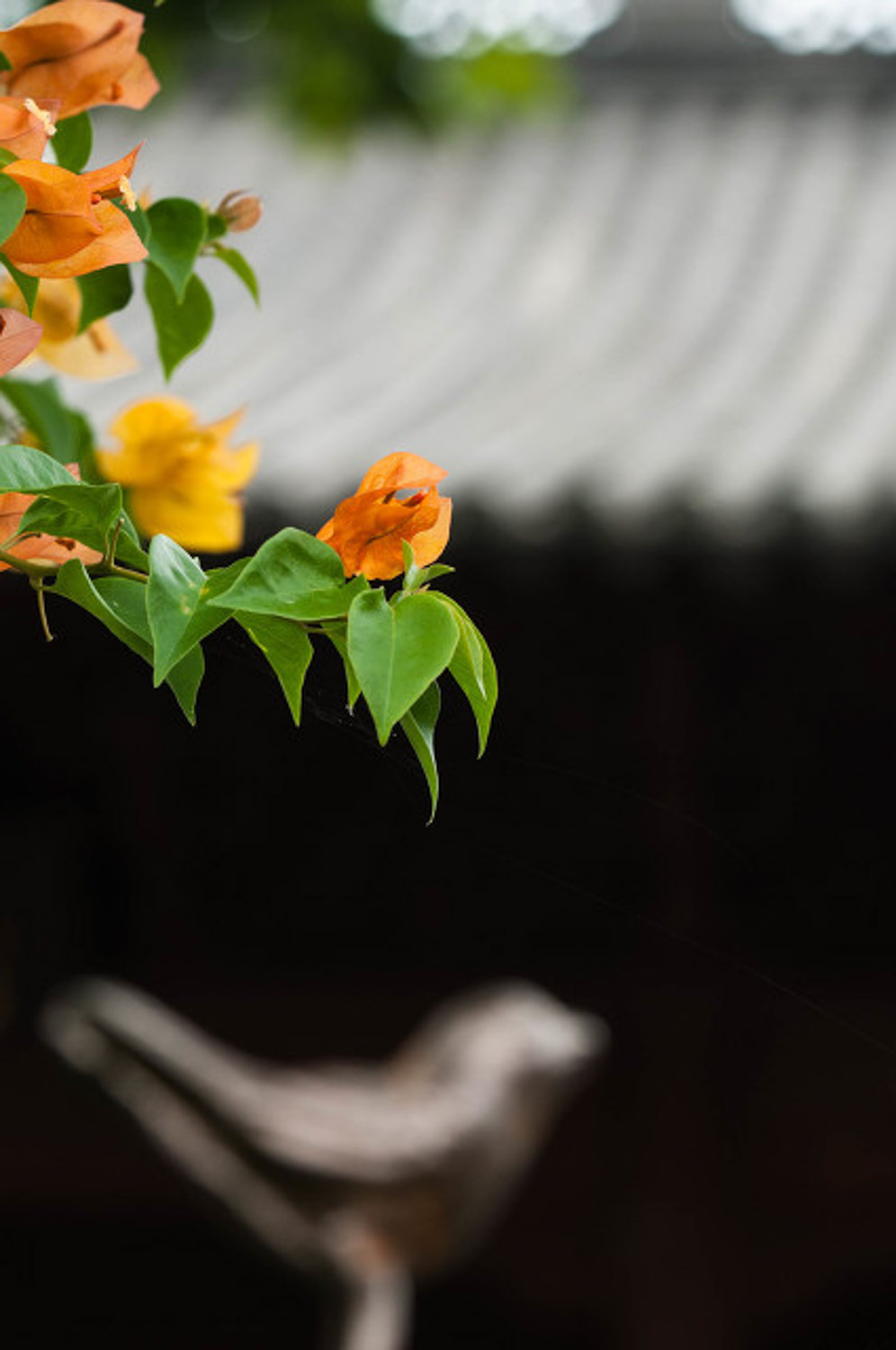
Most of the flowers of trigonometry plum grow on new branches. In order to bloom well, they need to be pruned frequently. After the flowers of trigonometry plum wither, cut off one-third of the branches, which can break the growth advantage of the top, facilitate the return of nutrients to the bud point, and prepare for the next burst
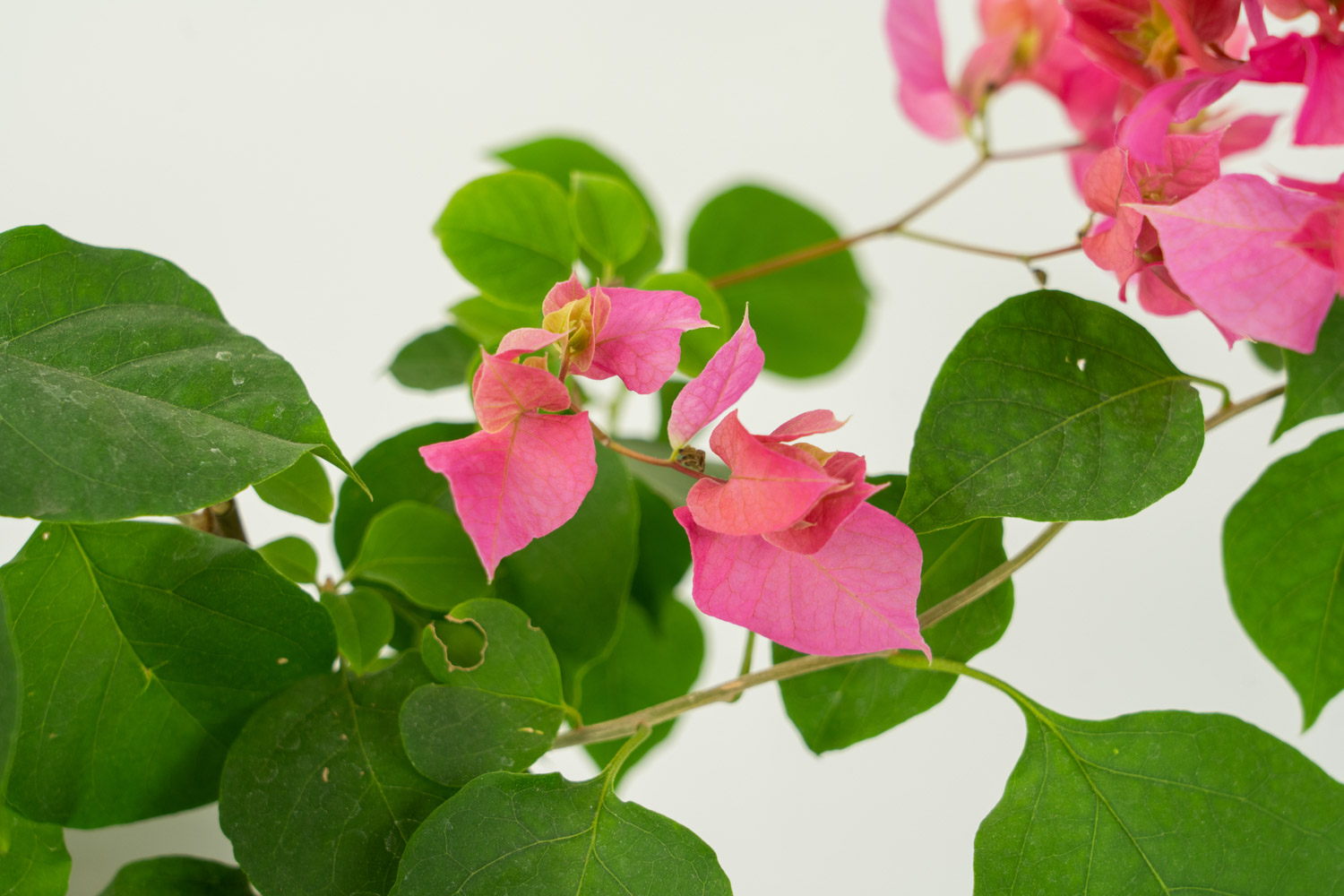
Fertilizer should be added in time after pruning each time. I use the ordinary chemical fertilizer for growing vegetables. Sprinkle it with about ten grains in each pot
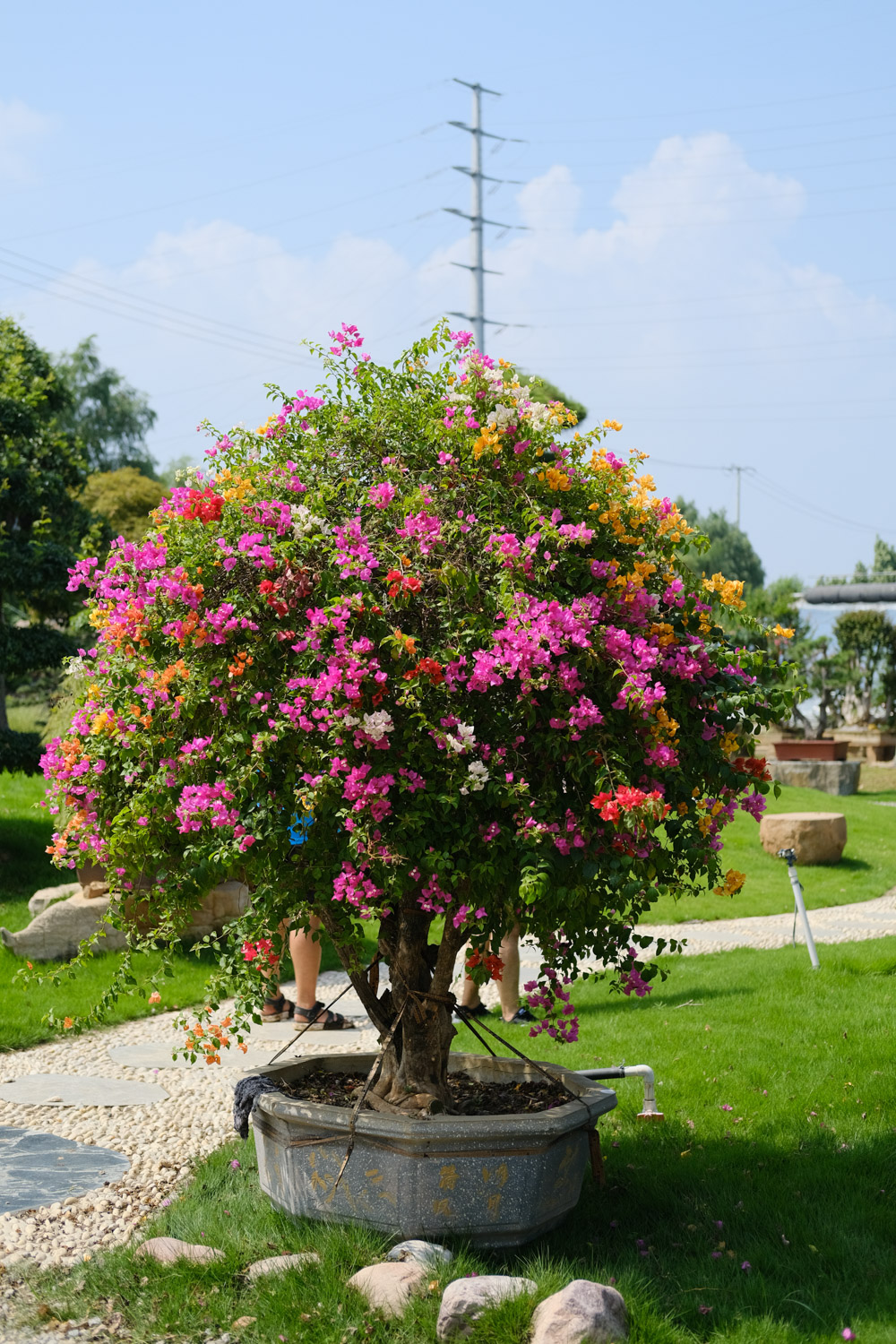
In addition to pruning after flowering, we should also pay attention to cutting off the thin branches. The thin branches have less flowers, so we should concentrate nutrition on the strong branches
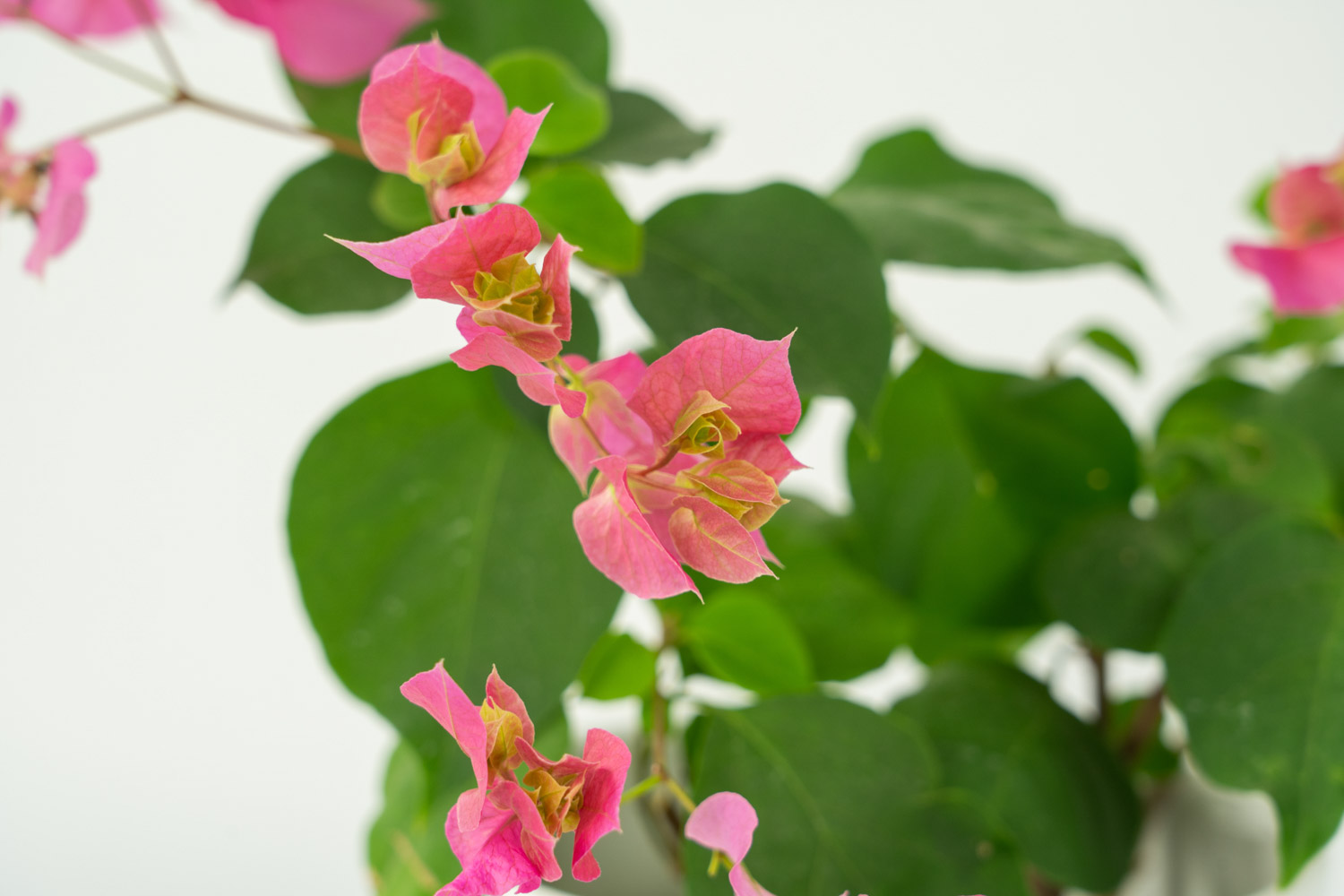
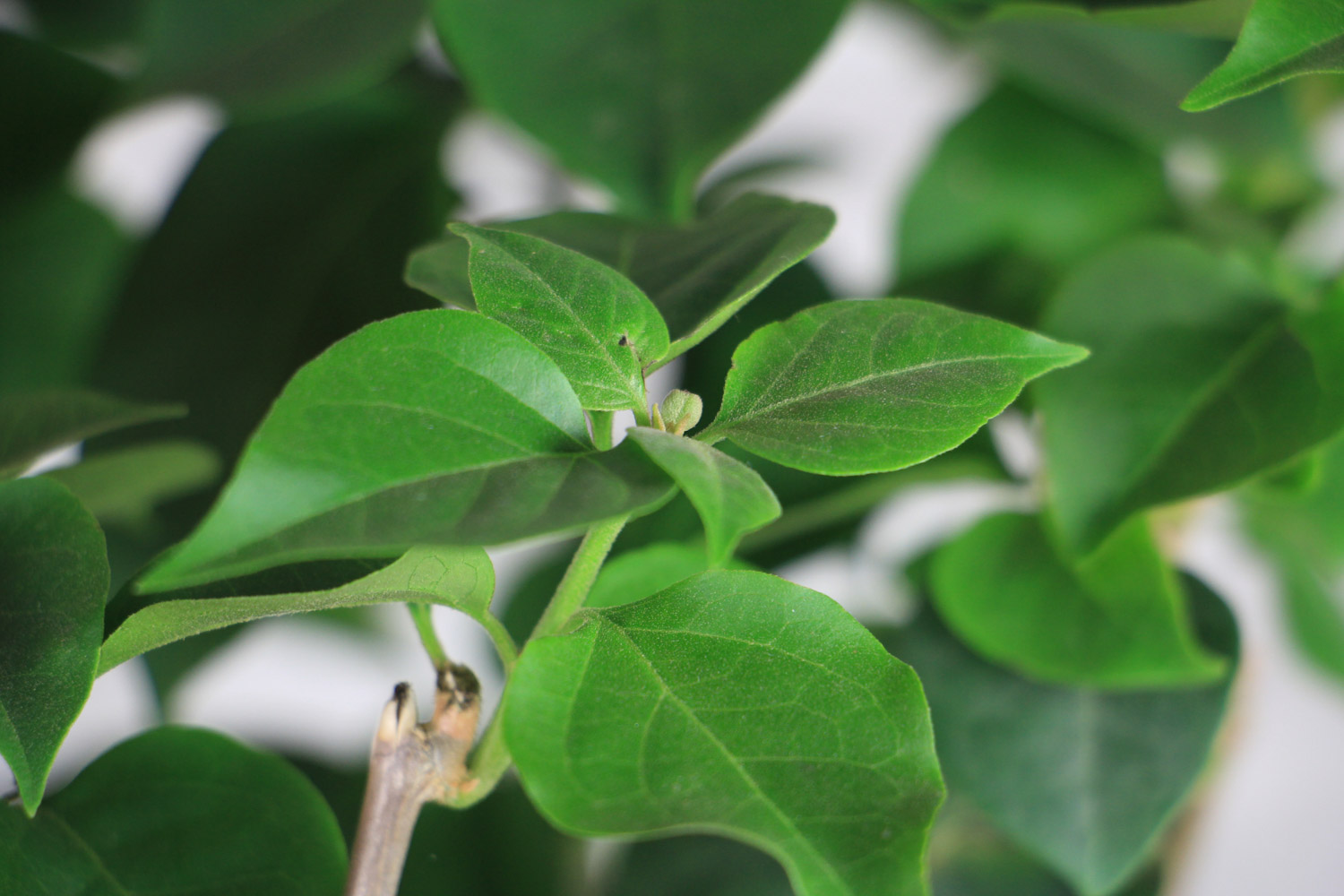
About the triangle plum
That's all for today
What else do you not understand
Leave a message for Huahua

 how many times do yo...
how many times do yo... how many planted tre...
how many planted tre... how many pine trees ...
how many pine trees ... how many pecan trees...
how many pecan trees... how many plants comp...
how many plants comp... how many plants can ...
how many plants can ... how many plants and ...
how many plants and ... how many pepper plan...
how many pepper plan...